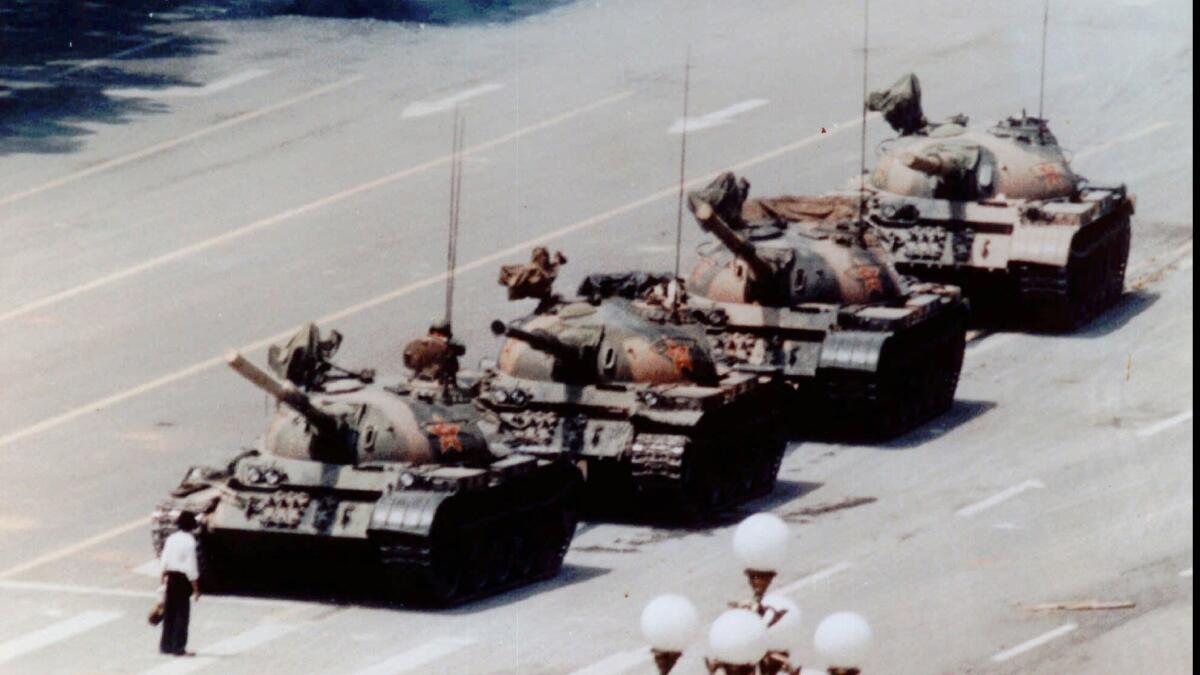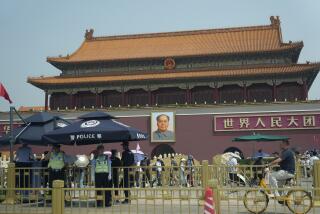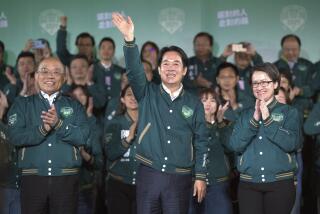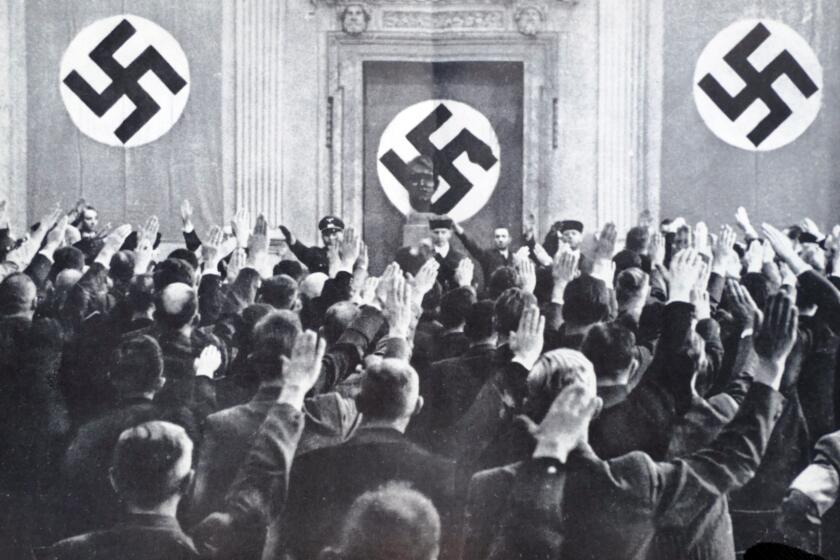Editorial: 30 years after Tiananmen, the tanks are gone but the oppressive Chinese state remains

Thirty years ago today, the world watched in horror as Chinese troops cracked down brutally on peaceful protests by students who sought to give the Chinese people more say over their daily lives. The lingering image of the pro-democracy movement, though, was from the next day, when a lone, unarmed man stopped a column of tanks in Tiananmen Square. It was a symbol of courage, defiance and the power of an individual â sustained, perhaps, by the fact that heâs never been identified and his fate is unknown.
To many in the West, the crackdown was but a death rattle of an authoritarian system on the wrong side of history. As the growing, liberalized Chinese economy spread prosperity across the country, and as the internet opened a window into free-world thought and culture, they believed the pressure for democracy and self-determination would become irresistible.
In the three decades since then, the Chinese economy has, in fact, grown spectacularly, lifting tens of millions of people out of poverty and creating a strong middle class. But the technology that helped Chinese people to connect to one another in unprecedented ways also enabled Orwellian surveillance and propaganda operations that have helped cement the Chinese Communist Partyâs autocratic grip on power. The Chinese government has also used concerns about terrorism as a pretext to enact cynical security laws that give it even more power to spy on online traffic, suppress dissent and block foreign nonprofits from assisting its critics.
Enter the Fray: First takes on the news of the minute Âť
Meanwhile, by allowing some public pushback on the digital margins, tolerating small-scale online agitation for consumer protection or improvements in public works, the government pantomimes the accountability found in a democracy. True change remains a mirage.
As a result, Chinaâs pro-democracy movement seems to be sustained mainly by activists whoâve fled to safer shores. Itâs telling that while we in the West can still see the âTank Manâ photos, watch the video and read about the incident, the Chinese government is trying to erase them from its peopleâs memory.
But then, tanks are so 20th century. Today, the fist of Chinese oppression is best symbolized by the âreeducationâ camps in Xinjiang province, roughly 2,000 miles west of Tiananmen Square, where the Chinese government has detained up to 2 million Muslims in an effort to combat alleged separatism and religious extremism among the native Uighurs. Not coincidentally, the province is a key outpost in Chinaâs âBelt and Roadâ initiative that aims to increase Chinaâs exports to and its influence over south Asia, Africa and Europe.
We certainly hope that Chinaâs growing prosperity and integration into global commerce will prove inimical to its authoritarian impulses. But the years since the Tiananmen Square protests have shown us that progress toward liberty and democracy is not inevitable. In China, the government sells âstabilityâ as the guarantor of the economic growth that the public craves, when itâs real aim is to keep the forces of change at bay.
Follow the Opinion section on Twitter @latimesopinionand Facebook
More to Read
A cure for the common opinion
Get thought-provoking perspectives with our weekly newsletter.
You may occasionally receive promotional content from the Los Angeles Times.










